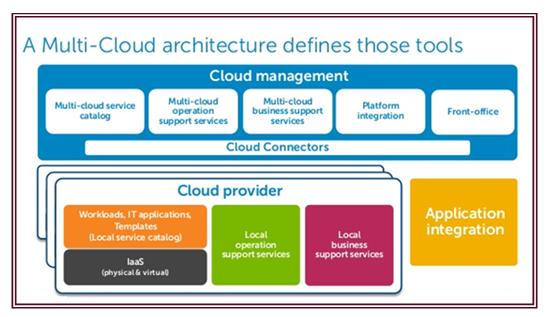Disasters happen, that doesn’t mean your business has to fail as well. Today, many companies are pursuing cloud-based DR solutions as an addition to or replacement for traditional solutions because of key factors such as cost and ease of use. When making these decisions it’s helpful if you can get the opinion of other knowledgeable professionals who have faced similar decisions.
Sysfore being a prime enabler for a variety of cloud solutions on Azure and AWS cloud platforms; we came up with top 3 reasons why a lot of companies are moving to the cloud, keeping one of our customer stories – India’s largest and oldest agricultural firm- Harrisons Malayalam Limited as focus:
1. Keeps Systems Running:
Getting back up and running soon after a disaster is important in any business especially if it is a leading agricultural giant. This company focused on moving their systems to the cloud, greatly improving their disaster recovery and reliability, in addition to ensuring their core systems and processes remained operational during a disaster. “With Microsoft Azure, our employees enjoy superior performance of our core business system, which keeps the business moving at maximum productivity.” Says Abraham Ittyipe, Harrisons Malayalam Limited- Chief Information Officer
2. Improve Service Quality:
No matter what business you’re in, your customers expect every interaction to be at least as good as the last one, if not more so. How can enterprises continuously improve? Let’s look at the example of the agricultural company mentioned above. It has survived and grown by adopting modern farming methods and automating many processes. This business needed to transform itself from a traditional on-premises software methods to a cloud-based IaaS vendor, without building, managing and supporting additional virtual infrastructure in another location — and they decided to use Sysfore to help them do it. “The fact that it’s built on a binary compatible architecture that moves HML’s infrastructure directly to Azure is a huge business benefit for us and allows us to drive higher quality service to our customers,” We’re happy to let Sysfore and Microsoft focus on infrastructure so that we can focus on farming.” Says Abraham Ittyipe, Harrisons Malayalam Limited- Chief Information Officer.
3. Reduce Spend:
No organization has an unlimited amount for CAPEX. HML needed to reduce spending, provide access to critical servers during a disruption, and allow for periodic testing — all with minimal maintenance. They found what they needed with Sysfore on Microsoft Azure. “For what it costs to run Microsoft Dynamics AX on-premises for three years we can run it in Azure for four years,” Ittyipe says. “We are extremely pleased with our selection of Microsoft Azure. Its capabilities, performance, scale, and cost-effectiveness greatly simplify management of our technology infrastructure.” Says Abraham Ittyipe, Harrisons Malayalam Limited- Chief Information Officer
Get access to the full case study here.
Ready to leverage the cloud? Visit www.sysfore.com or write to us on info@sysfore.com


